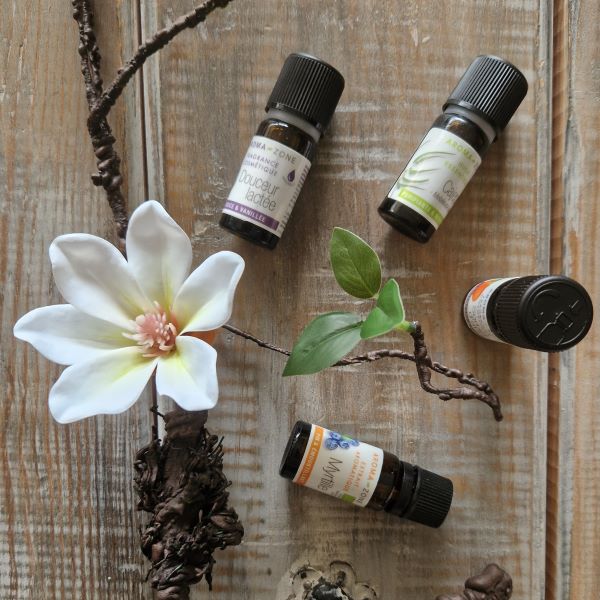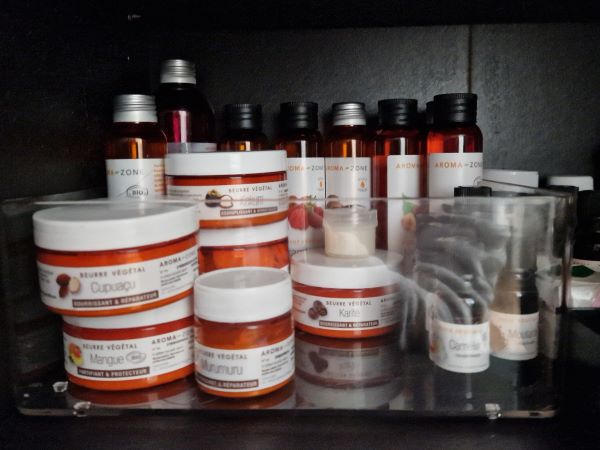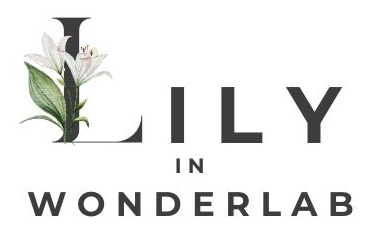In the world of DIY skincare, DIY Cosmetics Ingredient Planning is essential, helping you avoid the disappointment of wasting expired ingredients. It's easy to overbuy, but as formulators, we must find the balance between creativity and resourcefulness. Every batch we create isn't just a product—it's a commitment to sustainability, cherishing every raw material. Join me as we explore the art of strategic DIY cosmetics ingredient management, turning potential waste into endless creative possibilities.
Assessing Your Cosmetic Needs
Nothing is more disheartening than having to discard expired raw materials, particularly when they're both valuable and costly. So, let's take a moment to strategize our ingredient usage for the next 2-3 months to ensure we're making the most of what we have.
Let's start by asking ourselves: What cosmetics do we really need? Do we truly require a new batch of lip balm if we have a full jar tucked away? Will we realistically have time to make all the recipes we have in mind, especially those featuring unique ingredients we've yet to try? And why invest in new fragrances when we already have some partially filled bottles nearing their expiration dates?
Maximizing Shelf Life with DIY Cosmetics Ingredient Planning
By addressing these questions, we can pinpoint the essential raw materials we'll genuinely utilize in the upcoming weeks.
Taking stock and compiling a list of the ingredients for the recipes we intend to reproduce will help us identify the raw materials and quantities we truly need. This is essential for a proper DIY Cosmetics Ingredient Planning.
This way, we'll likely discover that those 10 ml of expensive pomegranate oil left might be more than sufficient if we only plan to use it in a face cream, where usually no more than 1 or 2 ml of each oil type are needed. In this case, buying a new 100 ml pack just because we're running out would be a waste of resources and money, and we probably won't be able to use it all before it expires.
Consider using tools like my DIY Cosmetic Ingredients excel tracker, which helps you organize and manage all your ingredients inventory efficiently and to improve your DIY Cosmetics Ingredient Planning.

Smart Purchasing Practices
Some raw materials, like almond oil, quickly become rancid, so it's best to buy them in the right quantity only when they're truly needed, unless you use them a lot.
DIY cosmetics don't have a very long shelf life. After 1-3 months, the smell tends to change, and the preservatives become less effective: avoid making cosmetics for a year and prepare only the quantity you'll use within 3 months.
Buying large quantities of raw materials isn't always a good idea: the price per gram may decrease, but if we end up having to throw away more than half, the math doesn't add up. So, before buying a "family pack," consider whether it's a durable ingredient and take into account the quantity you usually use.
Ingredients that are frequently used in DIY cosmetics, like Cosgard, glycerin, and xanthan gum, can be purchased in larger quantities to avoid running out, but be careful not to overdo it since only small amounts are used at a time.
Strategic Shopping Strategies for DIY Cosmetics Ingredient Planning
In summary:
- Review your skincare materials cabinet and take note of the missing ingredients.
- Make a list of the raw materials for the recipes you'll realistically prepare in the next 2-3 months and evaluate the quantities you really need.
- Consider ingredients that are expiring soon and those with long shelf lives, especially when buying large quantities. With the help of the free DIY Cosmetic Ingredients Tracker mentioned earlier, you can easily keep track of expiration dates and prioritize the use of raw materials, minimizing waste and maximizing efficiency in your formulations. It automatically highlights ingredients that will expire within 75 days.
- Don't buy ingredients that you know you won't start using for more than 3 months. It's better to wait and buy them "fresh": they'll last longer, and you won't risk having to throw them away.
- Consider the cost of free shipping from the store where you've decided to make your purchases. For example, if free shipping is from 50 euros onwards, try to spend that amount or slightly more. Leave out ingredients that you won't use soon and/or of which you still have some ml available: it's better to buy them in the following months, so they'll have a longer expiration date.
- Make a list of non-urgent raw materials that you've temporarily excluded from purchases and update it from time to time with the raw materials you've run out of in the meantime. This way, you'll have your shopping list ready to use, perhaps waiting for your favorite e-shop to publish a discount code. This is a good DIY Cosmetics Ingredient Planning habit.
- Treat yourself to a little indulgence every time you buy from an e-shop to discover a new ingredient and give yourself a small treat that sparkles joy, but be realistic and opt for something you know you'll really use.
- Keep the cosmetic ingredients separated by type in the cabinet: it'll be easier to see what's missing! However, set aside the ingredients that will expire soon to have them in sight when you make cosmetics and try to use them as soon as possible.

How to Recycle Expired Raw Materials: Sustainable Solutions
As highlighted in one of my recent Instagram posts, ingredients such as waxes, butters, oils, fragrances, and more can find new life in DIY candles. This not only minimizes waste but also offers a creative outlet for repurposing valuable resources.
Before discarding expired ingredients, consider doing a visual inspection and a sniff test. Often, these materials are still suitable for candle-making purposes, even beyond their suggested expiration dates (especially waxes).
I also frequently repurpose oils, essential oils, and fragrances nearing expiration by incorporating them into bath or shower oil recipes. This approach ensures that I utilize these ingredients quickly, as I use them regularly. Additionally, the formulas for bath and shower oils are versatile and can accommodate various oils, making it less critical which specific oils are used. Therefore, repurposing such oils in these recipes not only minimizes waste but also ensures their efficient use before they expire.
By reducing waste and embracing innovative recycling methods, you not only uphold eco-conscious practices but also infuse creativity into your cosmetic creations. For more insights on repurposing expiring ingredients, check my Instagram post.
In addition to the DIY Cosmetics Ingredient Planning tips provided in this guide, utilizing resources such as the DIY Cosmetic Ingredients Tracker can further enhance your formulation journey, ensuring you make the most of your ingredients.
That's all for now. I hope these tips are useful for smart and optimized DIY cosmetics ingredients shopping!

